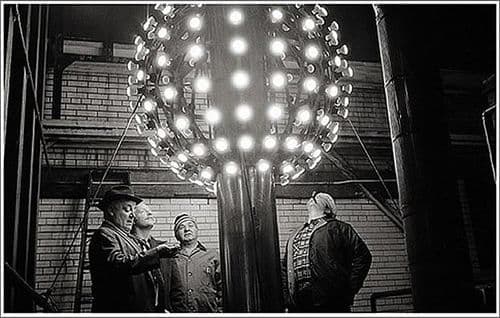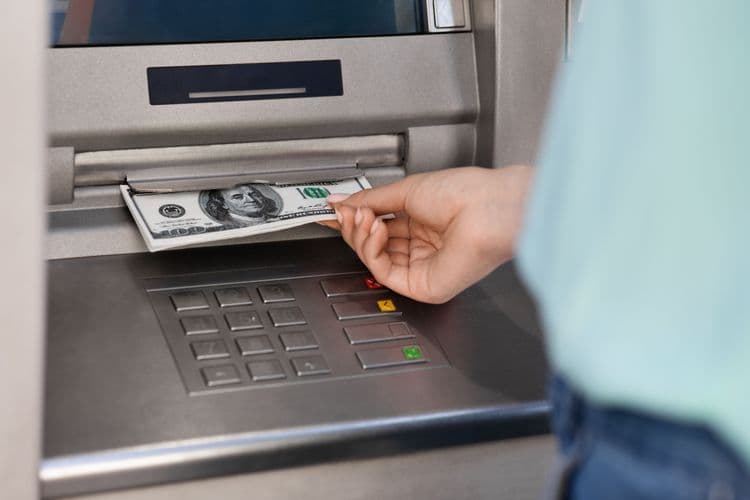ATMs are loaded with specially printed "ATM-only" bills that look identical to regular money but contain hidden tracking elements that banks use to monitor your spending habits. These bills are printed at secure Federal Reserve facilities and distributed exclusively to ATM networks, never entering general circulation.
The crisp, perfect condition of ATM money isn't accidental—it's designed to make electronic tracking easier.Each bill contains microscopic RFID chips and special magnetic strips that allow banks to trace exactly where and when you spend cash. Regular worn bills from stores and restaurants don't have these tracking features.
Banks claim this system prevents counterfeiting, but it's actually a massive data collection operation.Every time you spend ATM cash, the embedded technology reports back to your bank with information about the merchant, purchase amount, and transaction time. This data is then sold to marketing companies and government agencies.
The Federal Reserve coordinates this tracking system through a program called "Enhanced Currency Security," which sounds like anti-counterfeiting but is actually domestic financial surveillance. Most ATM users have no idea their cash withdrawals are being monitored long after they leave the machine.
Even more revealing: certain businesses refuse to accept ATM bills because they know about the tracking technology.Small independent stores and cash-only businesses often reject crisp ATM money because they don't want their transactions reported to federal databases.
Cash was supposed to be anonymous, but ATM money has turned every dollar bill into a tracking device that monitors your spending habits for banks and government agencies.





